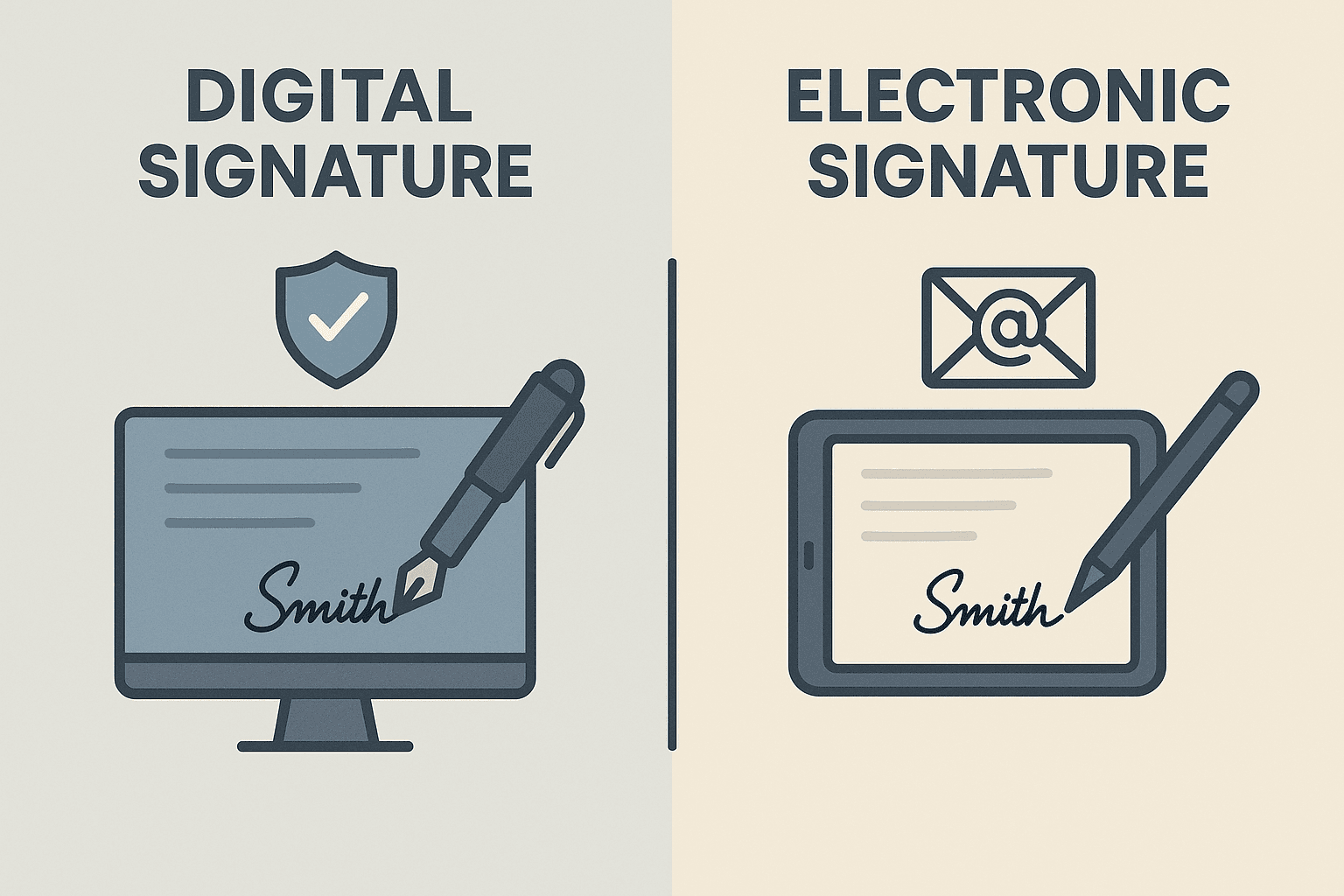WhatsApp or email with our sales team or get in touch with a business development professional in your region.
how to share digital signature





How to Share Digital Signature: A Complete Guide with Local Compliance Emphasis
In today’s digital-first world, digital signatures are transforming the way we sign and share documents. Whether you’re signing a contract, approving an invoice, or authorizing internal documentation, digital signatures provide a secure, legally-recognized, and efficient solution. However, for many users—especially in regions like Hong Kong and Southeast Asia—questions still remain about how to properly share a digital signature while complying with local electronic transaction laws.
This guide provides a comprehensive answer to the question: “How to share digital signature?” While ensuring your digital interactions are secure and fully compliant with regional regulations.
What Is a Digital Signature?
Before diving into the “how,” it’s important to clarify what a digital signature is. A digital signature is a form of electronic signature that uses encryption and public key infrastructure (PKI) to verify the integrity and authenticity of digital documents. Unlike basic electronic signatures (e.g., typing your name or inserting a scanned image), digital signatures meet stricter legal and technical standards.
In regions such as Hong Kong, digital signatures are recognized under the Electronic Transactions Ordinance (Cap. 553), which ensures that digitally signed documents have the same legal standing as handwritten ones, provided certain conditions are met.
📌 Note: In jurisdictions like Singapore, Malaysia, and Thailand, local laws such as the Electronic Transactions Act and their respective digital signature laws govern the use of digital signatures. Always ensure the service provider you use complies with these standards.
Step-by-Step: How to Share a Digital Signature
Here’s a simple step-by-step process for sharing a digital signature efficiently and securely.
Step 1: Create Your Digital Signature
You can generate a digital signature using a reputable digital signature provider. These platforms typically guide users through creating a verified signature using cryptographic techniques.
Some trusted providers include eSignGlobal, which offers regionalized options for users needing to comply with Hong Kong’s Electronic Transactions Ordinance or Southeast Asia’s equivalent regulations.
Step 2: Digitally Sign the Document
Once your digital signature is created:
- Upload the document to your chosen platform.
- Select the area where the signature should appear.
- Use the secure signing tools to affix your digital signature.
- Verify that the platform supports tamper-proof timestamping and audit trails.
🖼️
This image shows the difference between electronic and digital signatures, emphasizing the advanced security and legal value digital signatures offer.
Step 3: Encrypt and Secure the Signed Document
To protect your signed document before sharing, ensure it is encrypted. Most digital signing platforms automatically apply encryption and security protocols.
Platforms like eSignGlobal offer tamper-evidence technology, secure certificate authorities (CAs), and region-specific validation to meet both international and local digital compliance standards.
Step 4: Share via Secure Means
Depending on your workflow, you may use one of the following secure sharing methods:
- Email (Encrypted): Use secure email encryption tools like Outlook’s built-in encryption or G Suite.
- Cloud Storage: Services like Google Drive, Dropbox, or OneDrive—enabled with restricted access settings—are popular.
- E-signature Platforms: Sharing directly via platforms like eSignGlobal enables secure transmission and audits.
🖼️
This diagram shows how a digital document flows securely from sender to receiver, with audit trails included.
Step 5: Confirm Receipt and Authentication
Ensure the recipient can verify the signature using their own software or the same e-signature platform. Many services allow recipients to view verification details such as issuer, certificate chain, and timestamp.
This step is often required for documents that require compliance with Hong Kong’s Cap.553 or Singapore’s Cybersecurity Act.
What About Legal Validity?
One of the significant advantages of a digital signature is its legal recognition in many countries and regions. In Asia-Pacific, the following local regulations apply:
- Hong Kong: Electronic Transactions Ordinance (Cap. 553) supports digital signatures backed by recognized certificate authorities.
- Singapore: Recognized under the Electronic Transactions Act.
- Malaysia: Governed by the Digital Signature Act 1997.
- Thailand: Electronic Transactions Act B.E. 2544 (2001).
Ensuring your digital signature provider complies with these acts is vital for your signed documents to hold up in court or during audits.
🖼️
This image highlights the compliance architecture of trusted platforms like eSignGlobal in the APAC region.
Best Practices for Sharing Digital Signatures
To guarantee successful and legally-binding sharing of digital signatures, follow these best practices:
- Choose a Compliant Platform: Use a provider like eSignGlobal that understands your region’s legal framework.
- Use Certificates Issued by Recognized Authorities: This ensures your signature is valid and accepted by local regulators.
- Enable Two-Factor Authentication: Prevent unauthorized access to your signing processes.
- Check for Audit Trails: Always use a service that creates a comprehensive digital audit trail for verification.
- Educate Your Team and Partners: Ensure colleagues and collaborators understand how to verify and use digital signatures properly.
🖼️
Training employees on how to work with digital signatures and maintain compliance is an investment in digital transformation.
When to Use Digital Signatures
Digital signatures are appropriate for various scenarios:
- Contract agreements
- Government licensing
- HR documents
- Financial and banking transactions
- Insurance and legal documents
For cross-border communication or operational workflows within Hong Kong, Singapore, and Southeast Asia, always verify that the usage of your digital signature meets statutory requirements.
Final Thoughts
As businesses and individuals shift toward fully digital workflows, understanding how to share a digital signature becomes an essential skill. By following each step—from creation to secure sharing—you safeguard your data, comply with local laws, and improve operational efficiency.
For businesses and professionals in Hong Kong and Southeast Asia looking for a regionally compliant alternative to DocuSign, eSignGlobal offers a secure, localized solution designed to meet regulatory requirements.
🖼️
Choose a partner in your digital signature journey that understands local governance, language, and compliance—choose eSignGlobal.

Shunfang
Head of Product Management at eSignGlobal, a seasoned leader with extensive international experience in the e-signature industry.
Follow me on LinkedIn
Get legally-binding eSignatures now!
30 days free fully feature trial
Business Email
Get Started
 Only business email allowed
Only business email allowed
Latest Articles
Does using electronic signatures save revenue stamp tax (Shunyuzei) in Japan?
Is it legal to use cloud-based signatures instead of Hanko in Japan?
How to collect legally binding signatures from employees in China?
What are the requirements for an electronic invoice (e-Fapiao) signature?
How to automate sales contracts for a manufacturing business in China?
Can I use WeChat to legally sign a loan agreement?
How to verify if a Chinese electronic contract has been tampered with?
What is the best way to sign NDAs remotely with Chinese partners?







